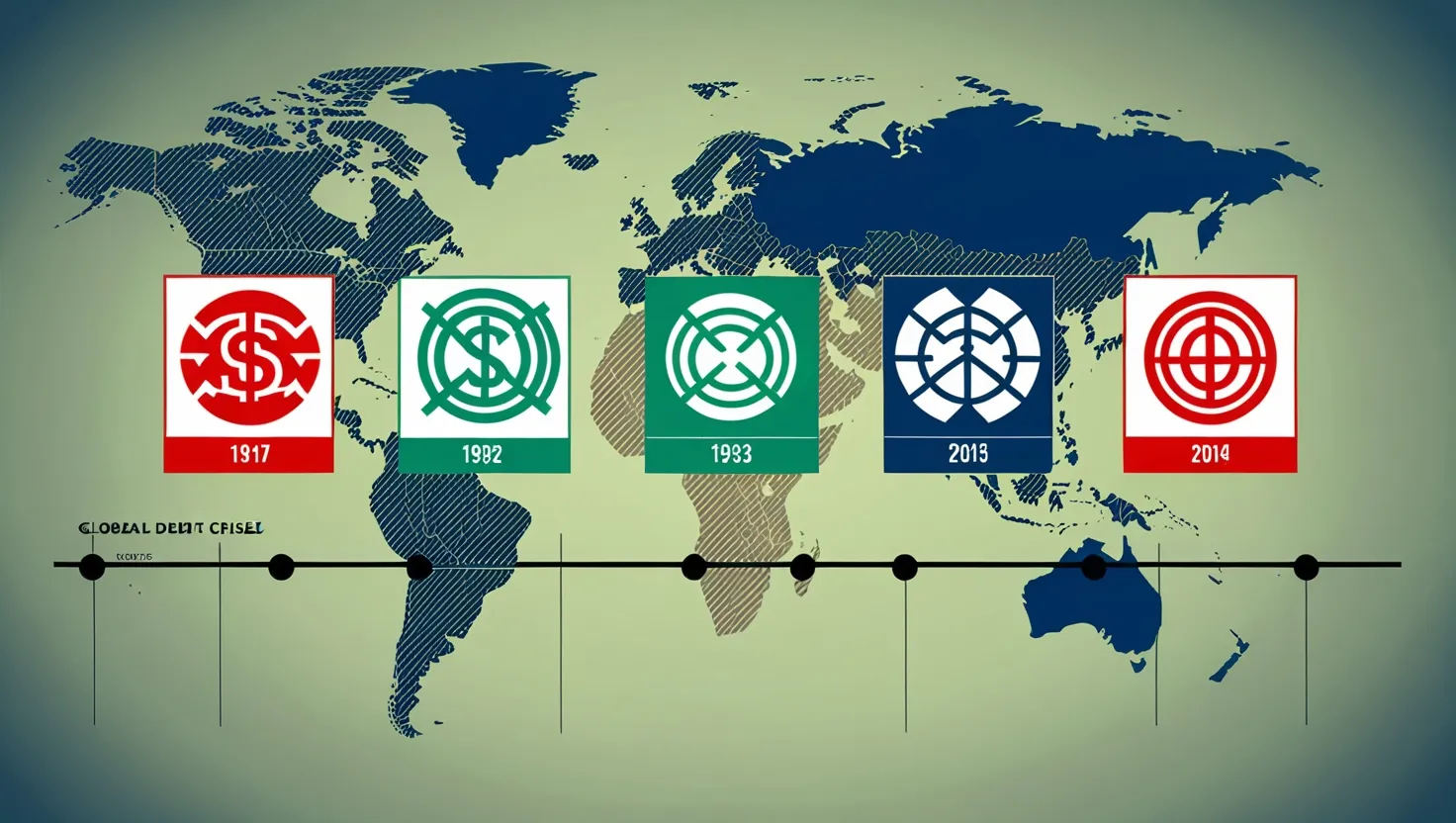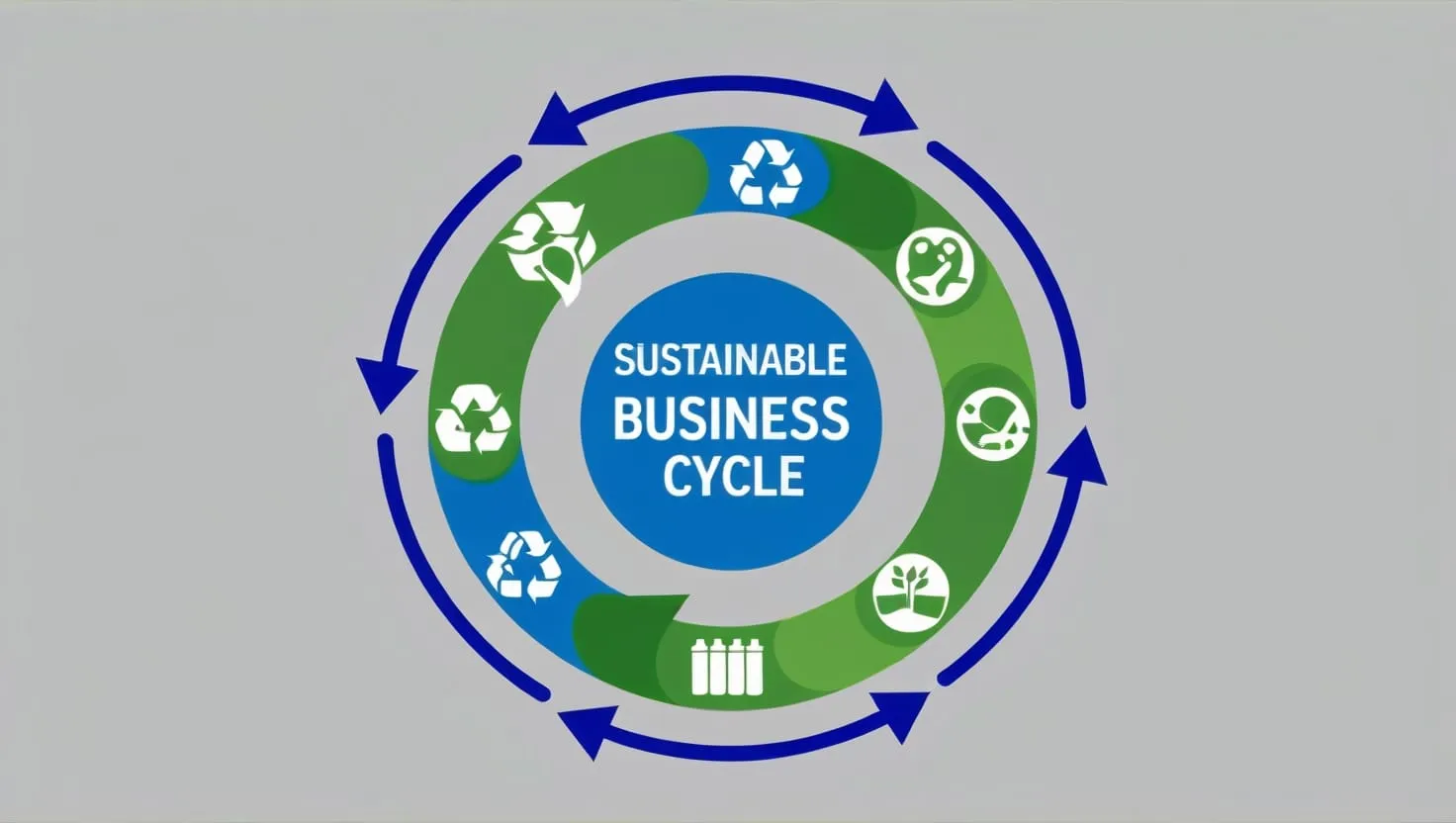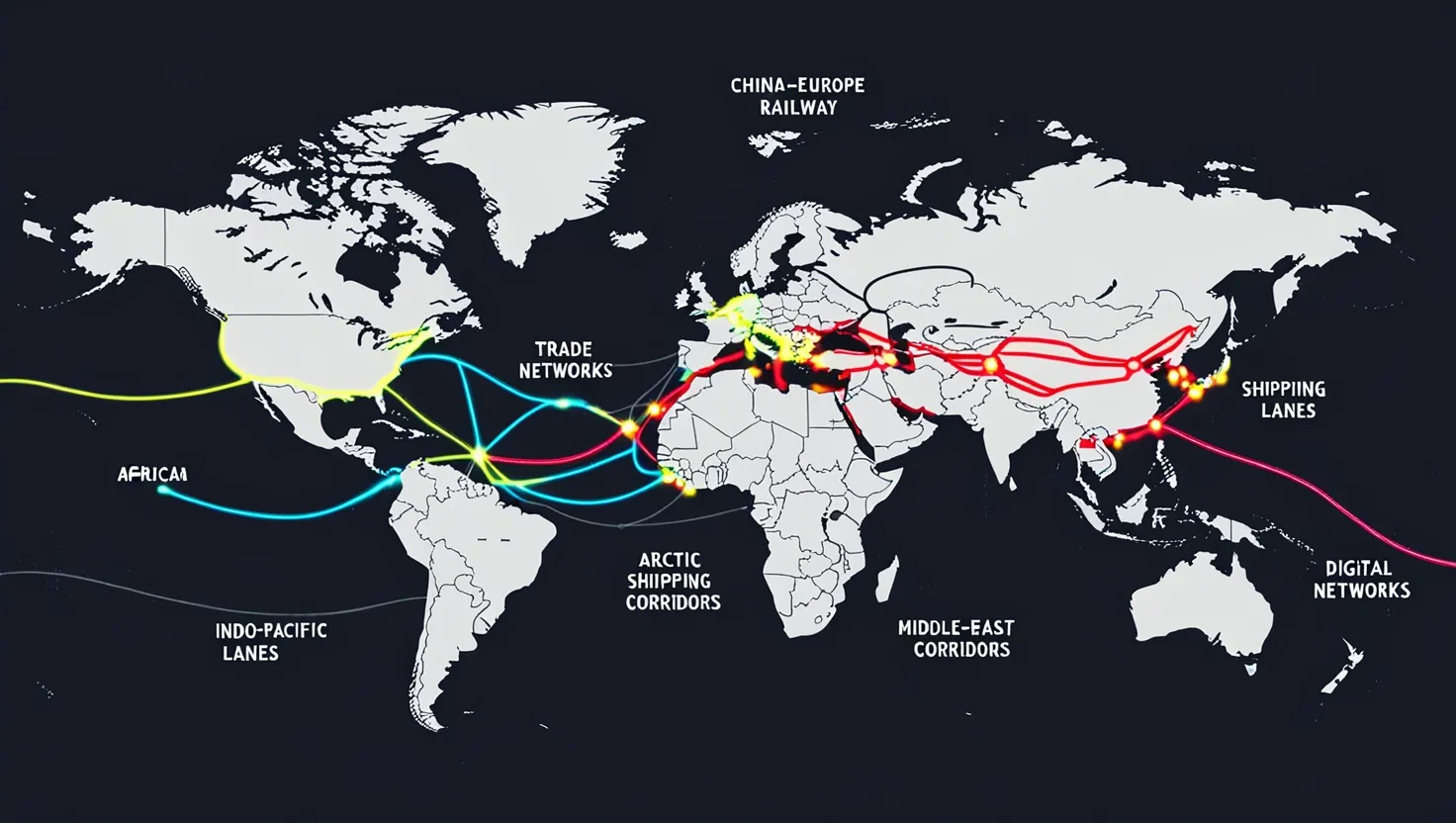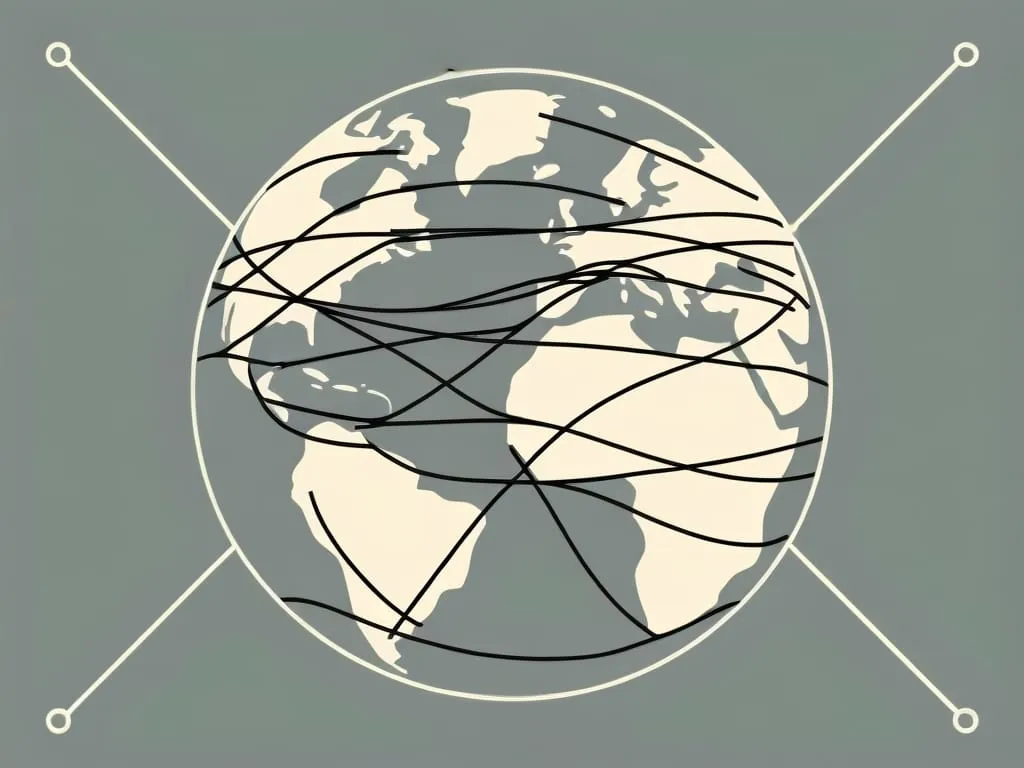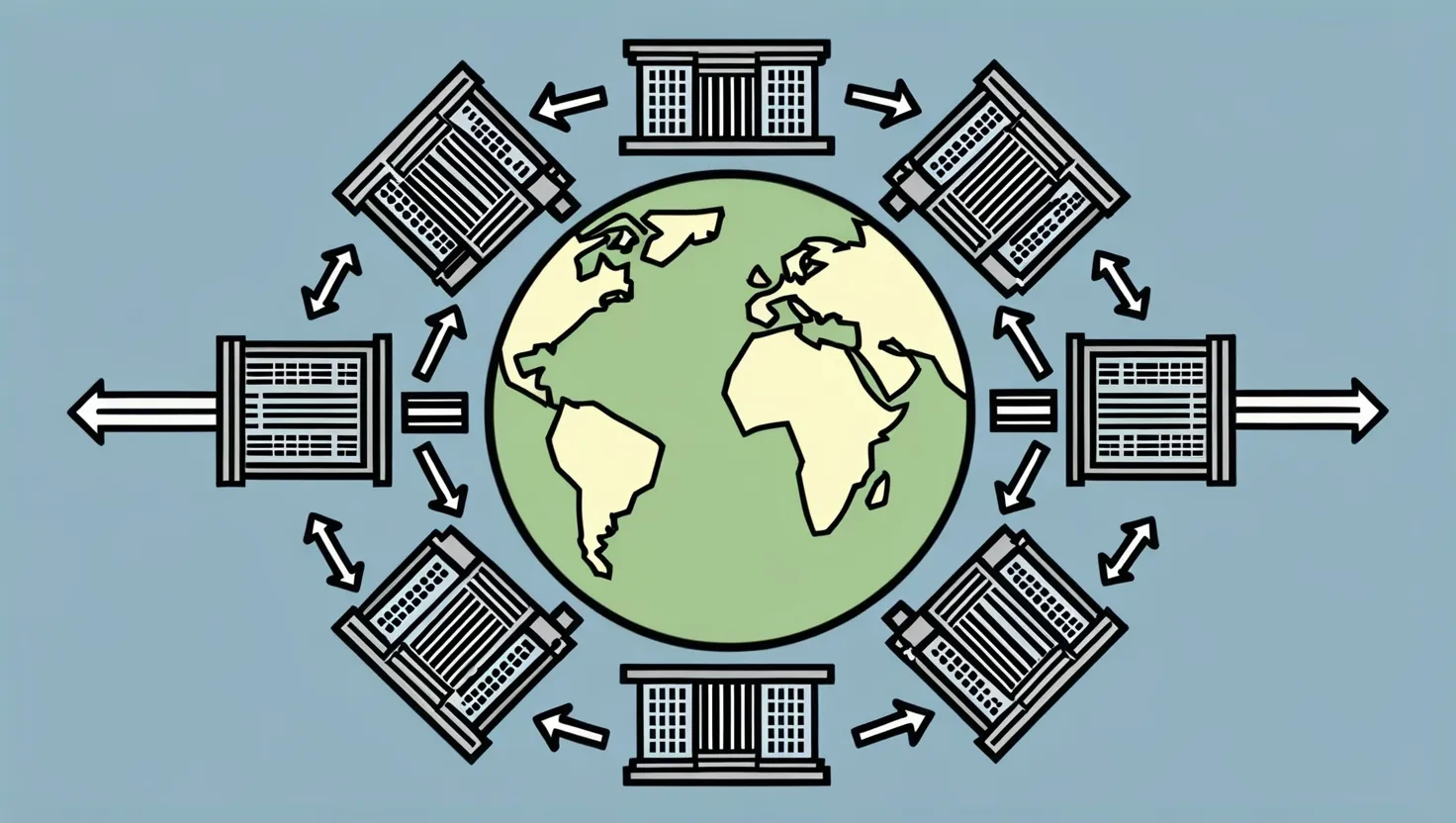As I reflect on the tumultuous landscape of global economics, it becomes clear that debt crises have been a recurring theme, each leaving an indelible mark on economic policies and the global financial system. Here, we delve into five pivotal debt crises that have shaped the economic world as we know it today.
The Latin American Debt Crisis of the 1980s
The 1980s saw Latin America grappling with a debt crisis that would become a benchmark for future economic turmoil. This crisis was born out of a combination of factors, including excessive borrowing by Latin American countries, fueled by low interest rates and a surge in oil prices. When interest rates skyrocketed in the early 1980s, these countries found themselves unable to service their debts, leading to a cascade of defaults.
Mexico’s default in 1982 was the catalyst, triggering a domino effect across the region. The crisis led to severe austerity measures, including drastic cuts in public spending and the implementation of structural adjustment programs. These measures, while necessary, came at a significant social cost, exacerbating poverty and inequality.
The Latin American debt crisis highlighted the importance of prudent borrowing and the need for robust economic fundamentals. It also underscored the critical role of international institutions, such as the IMF, in providing emergency financing and guiding economic reforms. The crisis prompted a shift towards more conservative fiscal policies and the adoption of market-oriented reforms, setting the stage for future economic resilience in the region.
The Asian Financial Crisis of 1997
Fast forward to 1997, and the Asian financial crisis erupted, sending shockwaves across East and Southeast Asia. This crisis was characterized by the collapse of currency exchange rates and the bursting of asset bubbles. Thailand’s decision to float the baht, which had been pegged to the U.S. dollar, marked the beginning of the end. The baht’s value plummeted, triggering a chain reaction that saw currencies in Indonesia, Malaysia, the Philippines, and South Korea follow suit.
The crisis exposed underlying vulnerabilities in the region’s economic structures, including high levels of foreign debt, current account deficits, and excessive bank lending. The IMF stepped in with significant bailouts, but these came with stringent conditions, including fiscal austerity and financial sector reforms.
The aftermath of the crisis saw a significant overhaul of economic policies in the affected countries. They implemented stricter financial regulations, enhanced corporate governance, and built up their foreign exchange reserves to mitigate future risks. The crisis also led to a greater emphasis on regional cooperation, with the establishment of mechanisms like the Chiang Mai Initiative, aimed at providing mutual financial support in times of crisis.
The Global Financial Crisis of 2008
The global financial crisis of 2008 was perhaps the most far-reaching and devastating of the modern era. Triggered by the collapse of the U.S. housing market bubble, it quickly spread to become a global phenomenon. The crisis was fueled by reckless lending practices, securitization of subprime mortgages, and a general lack of regulatory oversight.
As financial institutions began to fail, governments around the world were forced to intervene with massive bailouts and stimulus packages. The IMF and other international institutions played a crucial role in coordinating global responses and providing financial support to affected countries.
The crisis led to a fundamental shift in economic policies, with a renewed focus on financial regulation and oversight. The Dodd-Frank Act in the U.S. and similar regulations in other countries aimed to prevent such crises in the future by imposing stricter controls on banking and financial practices.
The European Sovereign Debt Crisis of 2009
In the wake of the global financial crisis, Europe faced its own unique challenge – the sovereign debt crisis. This crisis was particularly acute in countries like Greece, Ireland, and Portugal, which struggled with high levels of public debt and fiscal deficits.
The crisis highlighted the inherent vulnerabilities of the eurozone, particularly the lack of a unified fiscal policy and the inability of member states to devalue their currencies. The EU and the IMF responded with a series of bailouts, but these were often conditional on stringent austerity measures, which had mixed results.
The European sovereign debt crisis led to significant policy changes, including the establishment of the European Stability Mechanism (ESM) and the implementation of stricter fiscal discipline through the Fiscal Compact. These measures aimed to enhance economic stability and prevent future crises within the eurozone.
The COVID-19 Pandemic Debt Surge of 2020
The COVID-19 pandemic brought about an unprecedented global health crisis, which quickly morphed into an economic crisis. Governments worldwide responded with massive fiscal stimulus packages and monetary easing to mitigate the economic impact of lockdowns and supply chain disruptions.
This surge in debt has been unprecedented, with public debt levels soaring across both advanced and developing economies. The pandemic has also exposed existing vulnerabilities, such as high levels of pre-pandemic debt and the fragility of global supply chains.
The pandemic has accelerated the adoption of digital technologies and remote work, which could have long-term implications for economic productivity and labor markets. However, it has also underscored the need for robust social safety nets and healthcare systems, as well as the importance of international cooperation in addressing global challenges.
Lessons Learned and Future Approaches
Each of these crises has provided valuable lessons that shape current approaches to debt sustainability and economic resilience. One key takeaway is the importance of prudent fiscal policies and robust economic fundamentals. Countries that maintained healthy fiscal balances and strong regulatory frameworks were better equipped to weather the storms.
International institutions like the IMF and the World Bank have played a critical role in crisis management, providing emergency financing and guiding economic reforms. However, these institutions are also evolving, recognizing the need for more flexible and context-specific approaches to crisis resolution.
The role of regional cooperation has also been highlighted, with initiatives like the Chiang Mai Initiative and the European Stability Mechanism demonstrating the value of mutual support mechanisms. Moreover, the emphasis on financial regulation and oversight has been reinforced, with ongoing efforts to strengthen global financial governance.
As we look to the future, it is clear that managing debt sustainably will remain a central challenge. With global debt levels continuing to rise and economic growth rates projected to decline, the risk of future debt crises is ever-present. However, by drawing on the lessons of the past and fostering greater international cooperation, we can build more resilient economies capable of navigating the complexities of the modern world.
In this journey through the landscape of global debt crises, it becomes evident that each crisis has been a crucible for policy innovation and economic reform. As we navigate the current debt landscape, it is imperative to remember the hard-won lessons of the past and to continue evolving our approaches to ensure a more stable and resilient global economy.
